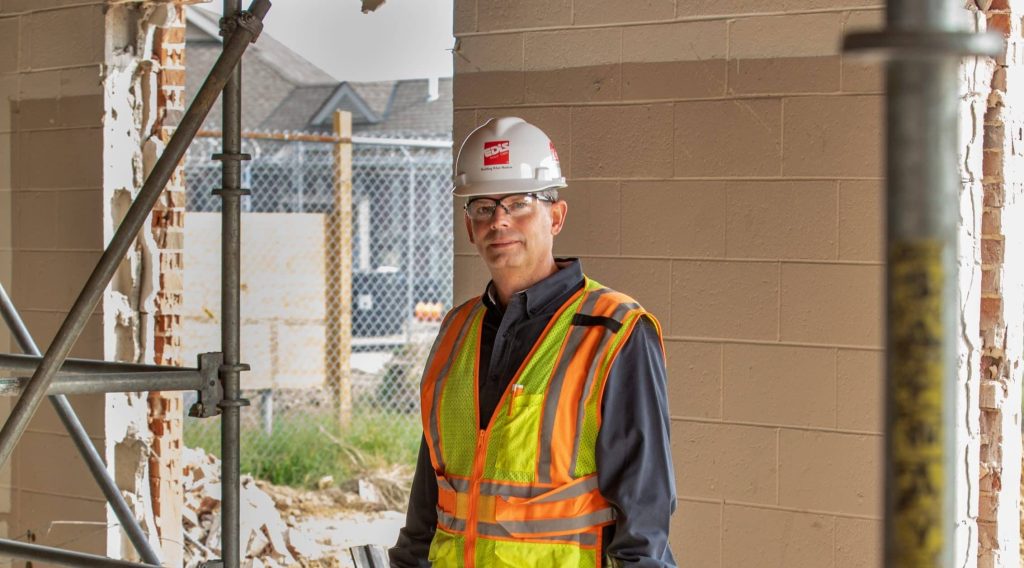Caring and Support for One Another
Before I begin, I want to share with you that in my personal life I have had connections to co-workers and friends that have been effected by mental health conditions and yes, suicide. The hard-working men and women in our industry and in our life play a key role in keeping the workplace running, and yet for some, they may be distracted by other things in their life. With a suicide rate that’s four times greater than the national average, the construction industry is facing a crisis. Some of you have a co-worker or know someone that has been affected by mental health troubles or worst case, suicide. If we can all better learn the signs of a struggling coworker, friend, or family member, act to help, and have the courage to discuss a difficult subject, there is a possibility of saving their life.
Raising awareness about mental health and suicide prevention is necessary, but it’s not enough to create a cultural change. As an industry, we have to work together to increase awareness around the issue of suicide in construction and create a culture that is better equipped to prevent further tragedy. To that end, we are utilizing information from organizations like OSHA and the Construction Industry Alliance for Suicide Prevention so we can first educate ourselves as a company, only then can we start to educate others.
Mental Health
One of our first steps in achieving this goal is immediately increasing talks around the topic with both our employees and our subcontractors. We’ve already begun discussing and publicizing information on mental health and suicide prevention to our executives, superintendents, project managers, and project engineers. We’ve followed this up by distributing several informational posters and pamphlets to all of our job sites. These materials detail how one can seek help through several avenues like the Suicide and Crisis Hotline at 988 and the suicidepreventionlifeline.org website.
Another approach is providing information and educating people to be aware of the “OSHA-SuicidePrevention-5-Things-You-Should-Know” outlined below:
- Be Aware: Mental health and suicide can be difficult to talk about—especially with work colleagues—but your actions can make a difference. When you work closely with others, you may sense when something is wrong.
- Pay Attention: There is no single cause for suicide but there are warning signs. Changes in behavior, mood, or even what they say may signal someone is at risk. Take these signs seriously. It could save a life.
- Reach Out: If you are concerned about a coworker, talk with them privately, and listen without judgment. Encourage them to reach out to your Employee Assistance Program (EAP), their human resources (HR) department, or a mental health professional.
- Take Action: If you believe a coworker is at immediate risk of suicide, stay with them until you can get further help. Contact emergency services or the 988 Suicide and Crisis Lifeline.
- Learn More: Suicide prevention resources are always available. Visit the American Foundation for Suicide Prevention (www.afsp.org) to learn more about suicide risk factors, warning signs, and what you can do to help prevent suicide.
Physical Health
As many know, construction is one of the most dangerous industries, and Safety & Health is a major concern for us and our fellow workers. Addressing daily physical safety concerns is a starting point for the companies in our industry to put the employee first. When you show support for your employees, the more they feel cared for and supported in their daily work activities. The goal is to help relieve the stress of going to work on a construction site so they can focus on the task at hand with less distractions.
Final Thoughts
Preventing suicide in the construction industry is a complex issue, and there is no one solution that will work for all companies. But if we can start by caring and supporting our employees, hopefully we can accomplish bigger things in a little amount of time.




